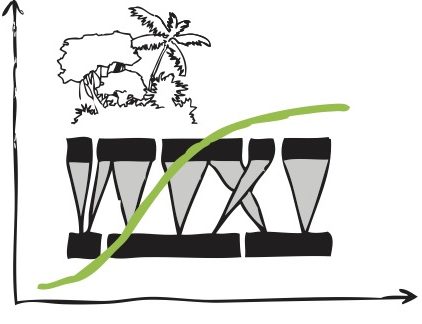Poison frogs with fly parasite
For Little-Devil Poison Frogs (Dendrobatidae: Oophaga sylvatica), researchers in Reassembly have now a case of parasitism for the first time: Myasis, a parasitic disease caused by fly larvae in living animal tissues. Myasis affects a variety of vertebrates worldwide, including humans, domestic animals and wildlife, but has been rarely reported …

